
EU Declaration of Conformity (EC DoC) for Export
Selling on platforms like Amazon and TEMU to Europe?
The EU Declaration of Conformity (DoC) is your mandatory “passport” to enter the EU market!
Without it, your products risk removal, seizure, or heavy fines.
This article explains the core essentials of the EC Declaration of Conformity in just 5 minutes—helping you export legally and pass EU compliance with ease.

What is the EC Declaration of Conformity?
The EC Declaration of Conformity (DoC) is a formal document signed by the manufacturer or its authorized representative. It declares that the product complies with relevant EU legislation (such as CE directives) regarding safety, health, and environmental protection.
Key Purposes:
1. Legal Requirement: Products requiring the ce marking must be accompanied by a DoC—no DoC, no EU market access.
2. Risk Mitigation: Customs and market surveillance authorities check the DoC—missing documents may lead to recalls or fines.
3. Consumer Trust: The CE mark backed by a DoC boosts product cREDibility and competitiveness.
Which Products Require an EC Declaration of Conformity?
Not all products require a DoC, but the following categories must have one:
1. Electrical and Electronic Devices: e.g., car chargers, household appliances (must comply with the low voltage directive - LVD).
2. Machinery: e.g., industrial equipment (must comply with the Machinery Directive - MD).
3. Protective Equipment: e.g., face masks, safety helmets (must comply with the Personal Protective Equipment Directive - PPE).
4. Wireless Devices: e.g., Bluetooth earphones, Wi-Fi modULes (must comply with the Radio Equipment Directive - RED).
Note: Devices with wireless charging must additionally comply with the Electromagnetic Compatibility Directive (EMC).
What Does a Complete EC Declaration of Conformity Include?
A complete DoC should include the following:
1. Product Information: Name, model, serial number (ensures traceability).
2. Applicable Legislation: Relevant EU directives (e.g., EMC, RoHS).
3. Referenced Standards: Harmonized standards the product complies with (e.g., EN, ISO).
4. Responsible Party: Name, address, and signature of the manufacturer or eu authorized representative.
5. Test Evidence: Testing lab name and summary of test results (must match technical documentation).
How to Obtain the EC Declaration of Conformity?
1. Identify Applicable Directives:
Match the product to relevant EU directives (e.g., Toy Safety Directive for toys).
2. Compliance testing & Assessment:
Engage a third-party lab for testing (e.g., EMC, safety) and obtain test reports.
3. Prepare Technical Documentation:
Include schematics, BOM, test reports, etc., and retain for at least 10 years.
4. Sign and Submit the Declaration:
Signed by the manufacturer or EU authorized representative and translated into the official language(s) of the sales country (e.g., English, German).
Note: Non-EU companies must appoint an EU Authorized Representative to sign the document.
Common Pitfalls & How to Avoid Them
1. Myth #1: “DoC = CE certification”
→ False! The DoC is a self-declaration component of ce compliance. Certification still requires testing and documentation.
2. Myth #2: “One DoC lasts forever”
→ False! The DoC must be updated if product design or regulations change. Technical documentation must be retained for 10 years.
Pro Tips to Avoid Issues:
- Do not falsify declarations: Non-compliance can lead to legal consequences.
- Labeling matters: CE mark and DoC info must be clearly printed on product and packaging.
Special Requirements from Cross-Border Platforms
Amazon & TEMU:
- Mandatory DoC upload: No DoC = no product listing allowed.
- File Format: Must be in PDF, containing signature, date, and EU representative details (if applicable).
- Random Inspections: Keep technical documentation ready for submission at any time.
Email:hello@jjrlab.com
Write your message here and send it to us
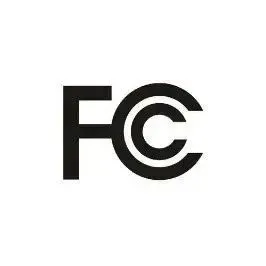 FCC Certification for Automatic Parking Radar Sens
FCC Certification for Automatic Parking Radar Sens
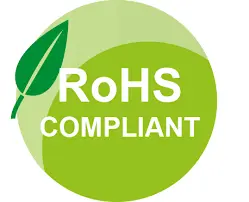 Temu Europe Station CE-RoHS Compliance
Temu Europe Station CE-RoHS Compliance
 FCC ID Certification and SDoC Compliance
FCC ID Certification and SDoC Compliance
 Export Certification and Compliance for Lighting F
Export Certification and Compliance for Lighting F
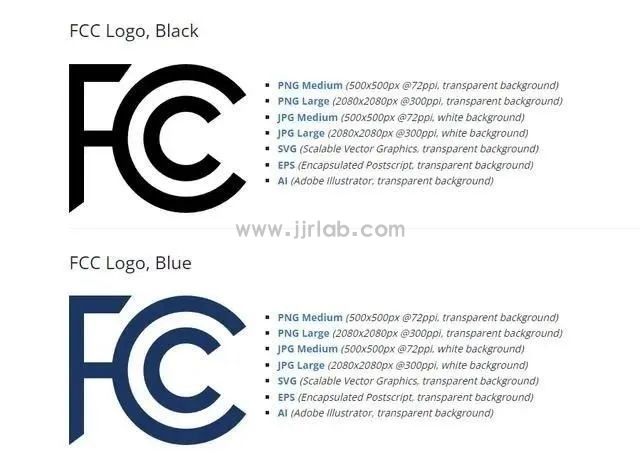 FCC Certification Resumes Issuance
FCC Certification Resumes Issuance
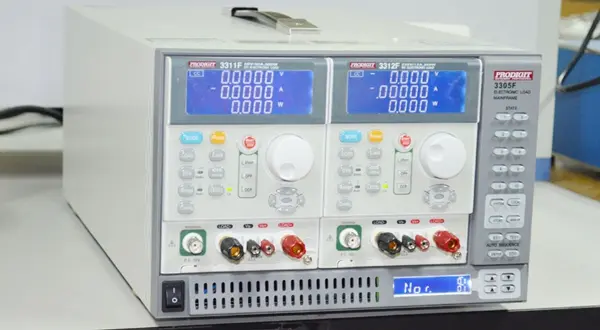 Electrical Toy Safety Certification EN 62115 EMC T
Electrical Toy Safety Certification EN 62115 EMC T
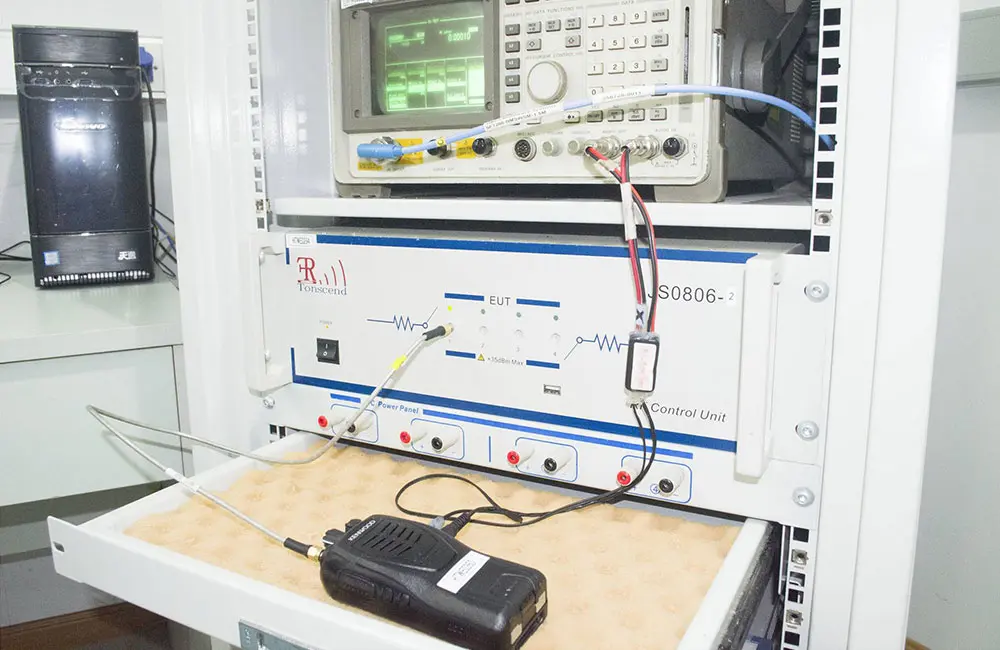 What is the UL 62368 Test Standard?
What is the UL 62368 Test Standard?
 Is CISPR 32 the same as EN 55032?
Is CISPR 32 the same as EN 55032?
Leave us a message
24-hour online customer service at any time to respond, so that you worry!




